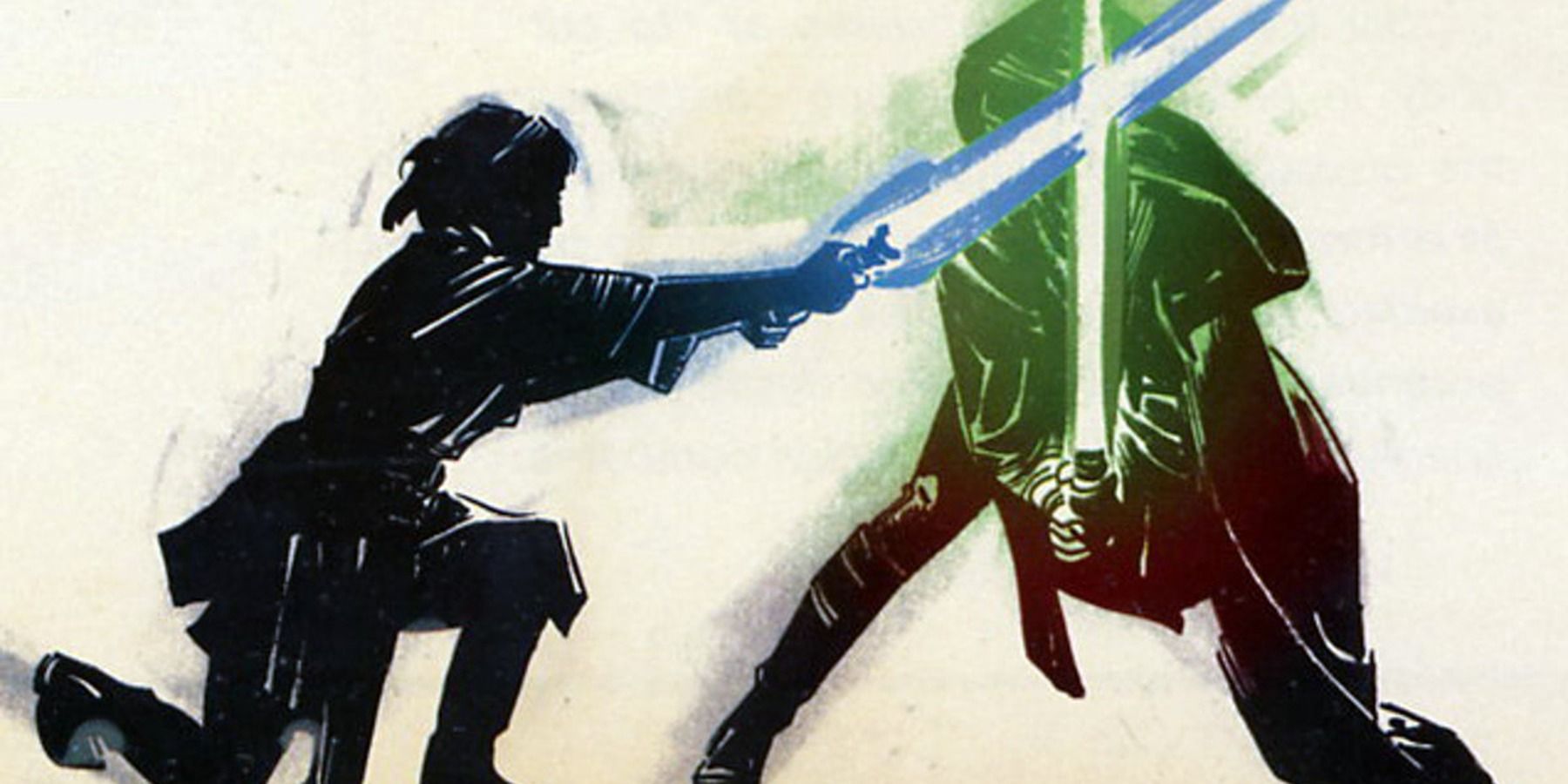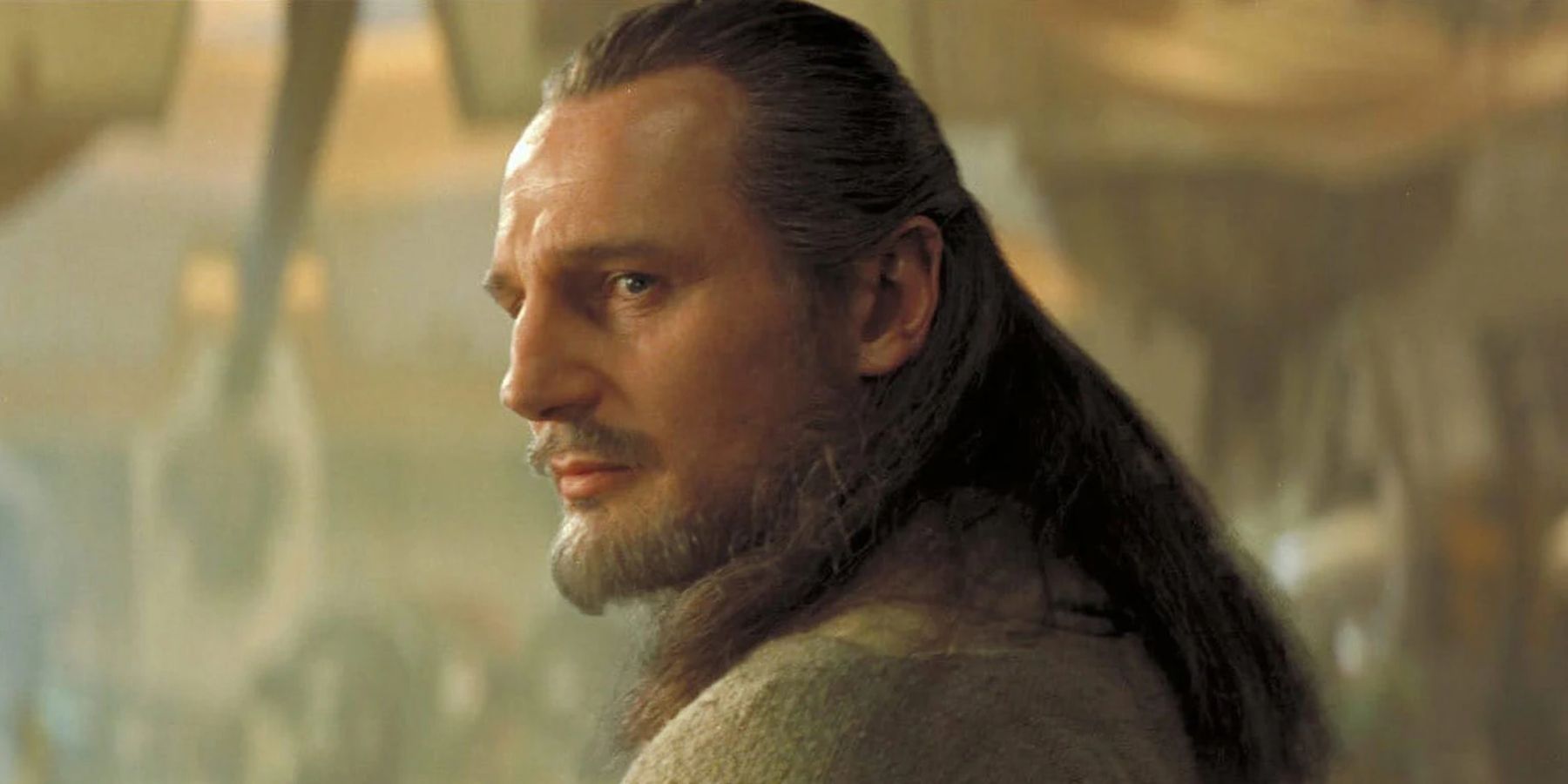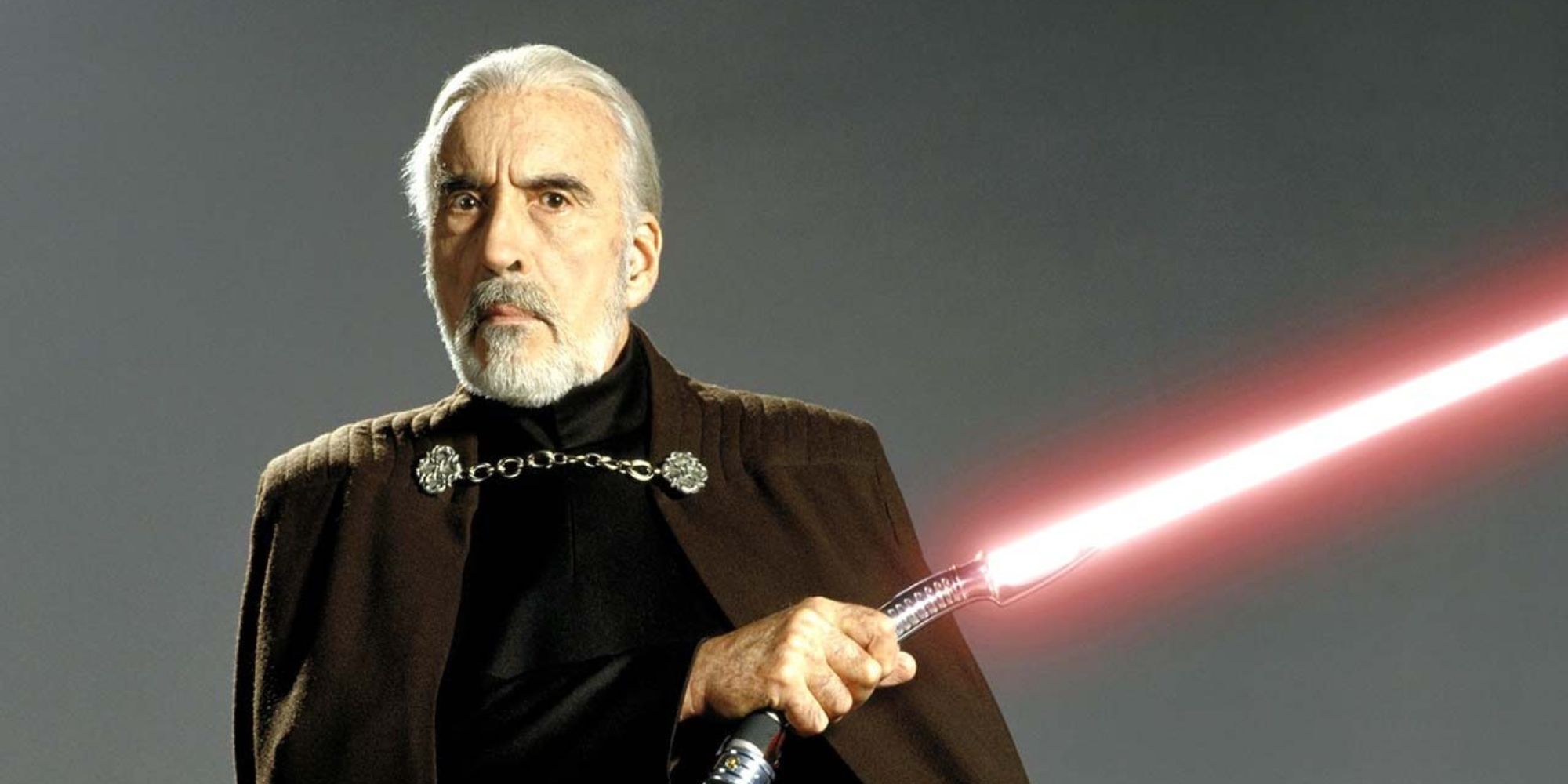
In the vast Star Wars galaxy, lightsaber forms are crucial in the combat techniques employed by both Jedi and Sith warriors. One of the earliest forms, Shii-cho, emerged during a time when lightsabers were scarce and mainly used against opponents wielding less advanced weapons. However, as the reputation of lightsabers grew as formidable combat tools, one-on-one battles between skilled lightsaber wielders became more common. It became clear that Shii-cho was ill-suited for this new era of lightsaber dueling.
This realization led to the development of Form II: Makashi, specifically designed for intense and intricate duels between two lightsaber-wielders. Among all the lightsaber combat forms, Makashi stands out as the most proficient style for these direct confrontations. Its creation was a response to the evolving dynamics of lightsaber combat, where mastering the elegant and precise techniques of Makashi became essential for those aspiring to achieve dominance in the art of lightsaber dueling in the Star Wars universe.
Origin of Form II: Makashi
Form II: Makashi was developed as a direct response to the sweeping and aggressive movements of Form I: Shii-Cho. While the goal of Form I was to disarm the opponent, Makashi aimed to counter this strategy by employing precise swordplay and refined techniques. Initially, Makashi focused on building a strong defensive foundation, allowing practitioners to effectively defend against an opponent's attacks. However, to secure victory, practitioners of Makashi needed to complement their defensive skills with a more offensive approach, enabling them to seize opportunities and deliver decisive strikes.
Interestingly, the introduction of Makashi came in the novelization of Attack of the Clones. Although the novel provided extensive information about the form and its history, it did not explicitly mention the name. It wasn't until the publication of the Star Wars Insider 62 article "Fightsaber: Jedi Lightsaber Combat," authored by David West Reynolds and fencer Jack "Stelen" Bobo, that the form was officially identified as Form II lightsaber combat. This article expanded upon the form's historical background and provided comprehensive details. The unique title "Makashi," along with alternative names like the "Way of the Ysalamiri" and "Contention Form," were officially recognized in subsequent sources.
Famous Practitioners
During the chaotic period of the Great Jedi Purge, Form II was utilized by both Sith and Jedi. Darth Vader, a formidable Sith Lord, extensively studied and incorporated elements of Makashi into his own personalized version of Djem So. His apprentice, Starkiller, was also knowledgeable enough about Makashi to identify its influence in Vader's fighting style during their duel.
Count Dooku, who took on the name Darth Tyranus, stood out among the Sith as one of the most accomplished and refined practitioners of Makashi. He achieved mastery of the form, focusing on emotional control and tactical expertise rather than the wild aggression often seen in his adversaries, even among his own students such as Asajj Ventress and General Grievous. Dooku's practical implementation of Makashi established a standard that few could match, with Yoda being the only one surpassing his skill, and Mace Windu considered his equal in combat ability.
Makashi found followers not only among the Sith, but also among the Jedi. Skarch Vaunk, a Jedi swordmaster, commended the form for its ability to cultivate mental discipline. The Jedi even included traditional Makashi duels in their Mid-Year Fete, ensuring its continued practice. Several notable Jedi practitioners of Makashi included Qui-Gon Jinn, Dooku's former Padawan; Shaak Ti, a respected Jedi Council Master; Cin Drallig, a renowned Jedi Battlemaster; and Jerec, a highly accomplished Master who was believed to have perfected the form.
Some notable Jedi Knights incorporated elements of Makashi into their fighting styles to varying degrees. Kento Marek, although limited in his understanding, incorporated certain aspects of the form. Similarly, Jax Pavan received training in Form II at some point and successfully utilized basic Makashi moves and tactics during his encounter with Aurra Sing.
Known Maneuvers
Form II, known as Makashi, distinguished itself by prioritizing precision and efficiency over sheer power. Those who practiced this graceful style favored swift jabs, deflections, and precise cuts, omitting the more forceful strikes, blocks, and cleaves found in other forms. Mastery of Makashi necessitated a methodical approach, demanding unwavering focus and impeccable timing. Its movements were characterized as elegant and exact, relying on well-executed deceptions to confuse and entrap adversaries. This finesse granted Makashi users the ability to attack and defend with remarkable efficiency, conserving their energy during combat.
At the core of Makashi lay the significance of footwork in both offensive and defensive maneuvers. Practitioners adhered to a singular path, advancing and retreating with careful foot shifts to maintain perfect equilibrium. The style integrated fluid charges, thrusts, and sudden withdrawals, showcasing its emphasis on balance and maneuverability. Impressively, Makashi practitioners also displayed exceptional proficiency in warding off Force-based assaults, further illustrating the versatility and effectiveness of this form against individual adversaries.
In Form II, the opening stance showcased a single-handed low guard position. The practitioner held the saber in their strong hand, positioned at their side and pointing downwards. Some practitioners adopted a side-on stance, directing the blade towards their opponent. Holding the hilt with the thumb aligned along the length of the blade allowed for precise and agile movements. The other fingers securely yet smoothly wrapped around the hilt, enabling seamless maneuvers. The distinctive Makashi flourish involved swiftly moving the lightsaber's tip in an X-shaped pattern through the air, often accompanied by the challenging Makashi salute towards the opponent. This salute, performed with one hand, involved vertically raising the saber in front of the practitioner's face before executing the flourish with finesse.
Makashi's uniqueness lay in its specialized focus on one-on-one lightsaber duels, making it a formidable combat form in such engagements. However, as blasters became more common and widely used in the galaxy, Makashi faced a challenge. Its design did not effectively defend against ranged weaponry, making it vulnerable when confronted with blaster fire. Additionally, Makashi's emphasis on precision and finesse rendered it less effective when facing multiple adversaries simultaneously. The form's calculated movements and reliance on one-on-one encounters meant that it struggled to cope with the chaotic and unpredictable nature of battling multiple opponents at once.
Despite these limitations, Makashi remained far from outdated in the Star Wars universe. It continued to possess significant worth and effectiveness in situations where a lightsaber duel consisted of a lone, proficient saber-wielding adversary. In these specific scenarios, the refined techniques and strategic sophistication of Makashi remained remarkably advantageous and had the potential to secure triumph.
















